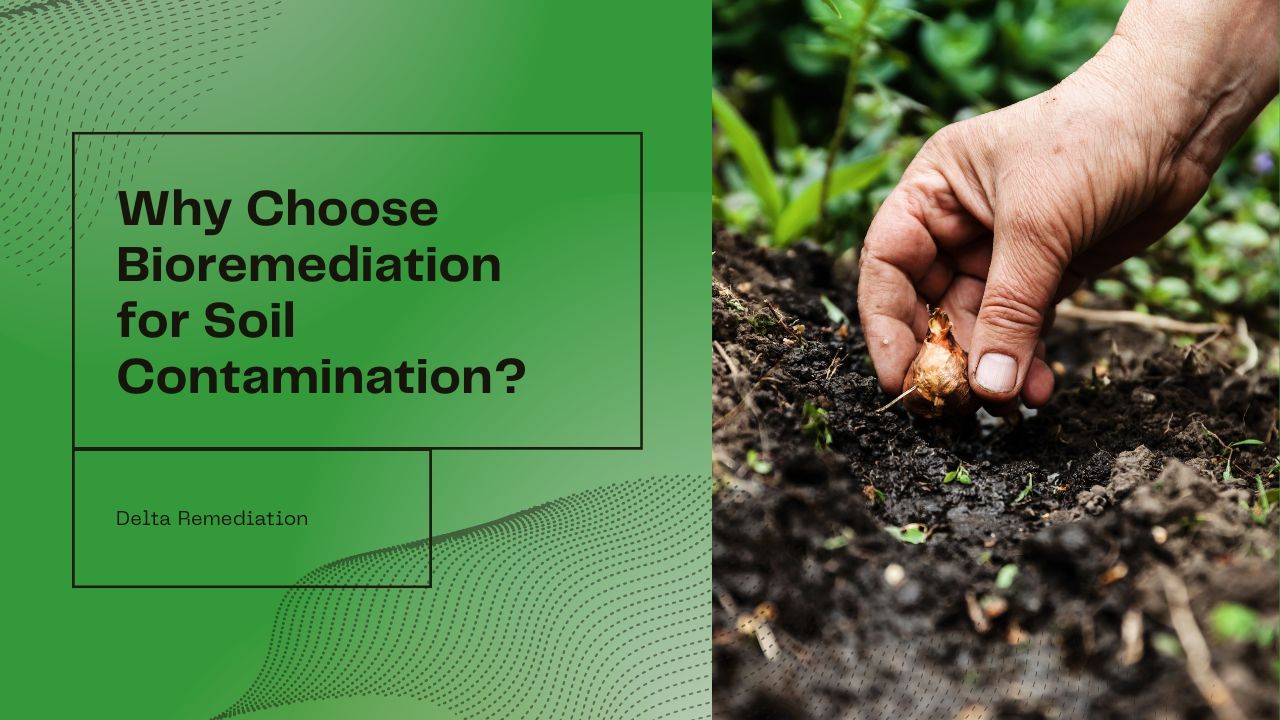
Solutions for Soil Contamination: A Simple Guide for Clients
Introduction
In addressing the environmental challenge of soil contamination, a diverse array of sophisticated remediation techniques is required. This approach demands careful consideration of contaminant type, soil characteristics, and environmental and cost impacts.
Spectrum of Remediation Techniques
Bioremediation: Harnessing Microbial Processes
Bioremediation is an eco-friendly method effective in large areas with low contamination. It degrades organic pollutants, such as petroleum hydrocarbons and pesticides, through natural microbial processes. Bioremediation: A Green Approach to Soil Health
Physical Remediation: Excavation and Disposal
This method involves excavating contaminated soil and disposing of it in landfills or treating it off-site. It’s effective but can be resource-intensive and costly. Innovative Solutions for Soil Remediation
Chemical Remediation: Addressing Heavy Metal Contamination
Chemical methods like soil washing and stabilization handle heavy metal contamination effectively, but can be expensive and may lead to secondary pollution. Technological Frontiers Unveiled
Phytoremediation: A Green Solution
Phytoremediation uses plants to absorb or decompose pollutants and is particularly effective for heavy metals and organic compounds. However, it’s a slow process. Phytoremediation and Phycoremediation
Electrokinetic Remediation: A Novel Approach
Electrokinetic remediation applies an electric field to move contaminants toward electrodes for removal, effective in low-permeability soils. Technological Frontiers Unveiled
Thermal Desorption: Targeting Organic Contaminants
Thermal desorption involves heating soil to volatilize contaminants for capture. It’s effective for various organic contaminants but can be expensive and energy-demanding. Innovative Solutions for Soil Remediation
Innovations and Global Trends in Soil Remediation
Advancements in Reverse Osmosis and Filtration
Recent advancements in reverse osmosis and membrane technology have significantly enhanced the efficiency of contaminant removal from soil and water. Reverse Osmosis
The Role of Artificial Intelligence
Artificial intelligence is being increasingly used in soil remediation to analyze environmental data, detect pollution trends, and optimize strategies. Artificial Intelligence
Activated Carbon Technology
Innovations in activated carbon technology, particularly the development of modified carbons with enhanced adsorption capabilities, have broadened its applications in soil and water remediation. Activated Carbon
Global Perspectives on Soil Treatment Practices
Regions like Canada and Mexico are implementing stringent measures and legal frameworks to regulate soil remediation, reflecting a growing global consciousness towards soil health. Soil Treatment Market
Conclusion
Selecting the right soil remediation technique requires balancing efficiency, cost, environmental impact, and site-specific factors. Technological advancements are continually emerging, offering dynamic solutions to soil contamination challenges.
Contact us to learn more about Delta Remediation’s role in innovative soil remediation solutions.
See More
See Delta In Action




